If you have a counter or a bar table, chances are you’ll want at least one counter stool or barstool to accompany it. Buying the right stool, however, is more than simply finding one that looks good. Below is what to consider when shopping for the perfect perch.
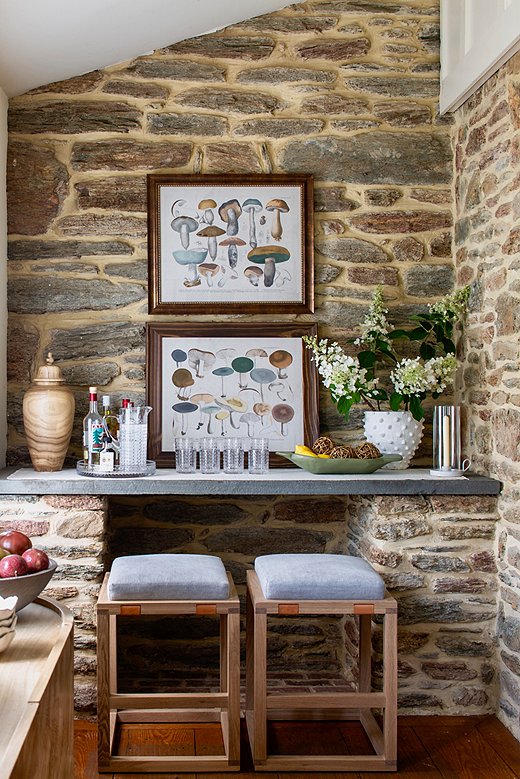
Backless stools like the Orly tuck perfectly under the counter—important in a narrow space like this one.
Tricks of the Trade
• Get the height right. Just as bars are typically higher than counters, barstools have a higher seat than counter stools. In general, the seat height for a barstool is 29-32 inches, while that of a counter stool is 24-27 inches. (Keep in mind that this is seat height, not overall height—it’s easy to confuse the two when looking at dimensions.) Before you buy, measure how high off the floor the bottom of your counter, bar, or table is, and be sure that there’s about 10-12 inches between that and the seat height, so that people can comfortably fit their legs.
• “Always keep your comfort level at the forefront of the selection process,” says Shannon Frappied, a member of the One Kings Lane Interior Design team. “If you like having added support, go with a stool that has a mid-height or high back.” Expect to sit on your stool for extended periods of time? Look for styles with ample seat padding.
• Consider backless styles. “In smaller spaces, a backless stool can promote a streamlined look and tuck fully beneath the countertop,” says Jordan Schehr, another One Kings Lane Interior Design team member. As well as being suited for compact areas, stools without a back are a worthy option for minimalists and those who don’t anticipate using the seating on a regular basis.
• Think about ease of cleaning. Leather, vinyl, and acrylic are easy to wipe clean; performance fabrics such as Crypton and Sunbrella are stain-resistant. “Textiles with livelier patterns help mask and hide accidents, as can a more-textured fabric,” Jordan adds.
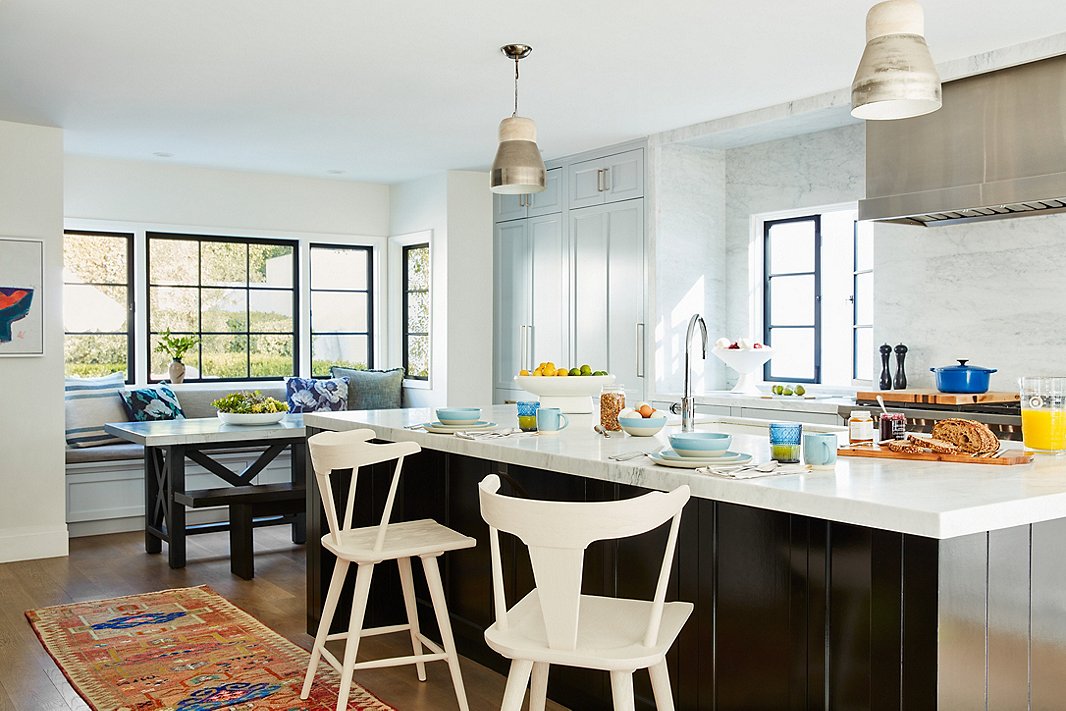
The curved back and molded seat of the Maddox stool make it a comfortable spot for lingering over a meal; the smooth finish also makes it easy to clean.
• Keep in mind how and where you’ll be using them. If the stools are part of a vignette within an open floor plan, imagine how they’ll look with the furnishings in the rest of the space. They don’t have to match, of course, but they should complement the other pieces. Similarly, “if your kitchen faces your living room in an open concept, chose a stool with a swivel for all-inclusive entertaining,” Shannon suggests. And if you expect to frequently move the stools to other rooms for additional seating when you entertain, opt for styles that are light in weight and easy to carry.
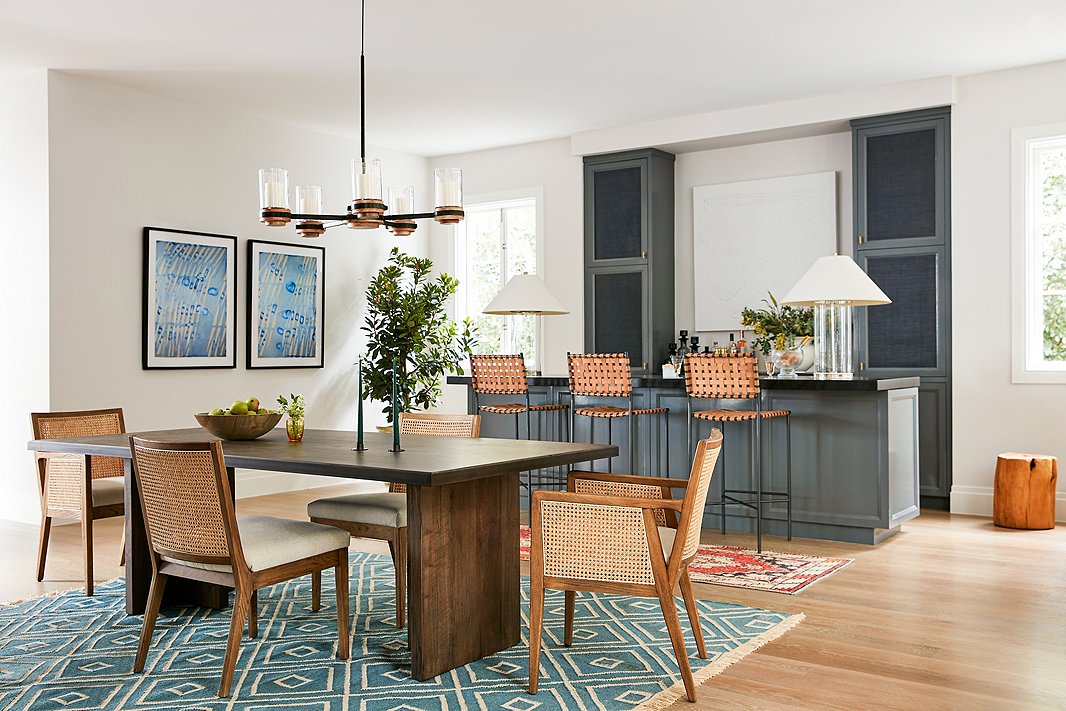
The woven leather seats and backs of the Drey stools complement the caning of the Aimee armchairs and side chairs at the Vershire dining table.
Stools for Just Your Style
Stools that are nearly indistinguishable from classic chairs are a favorite of New Traditionalists. The Eastbluff stool, with its graceful arms and upholstered seat and back, certainly fills the bill. So do the Marie and the Shannon, both of which are available in dozens of solid and patterned upholstery options.
For Eclectics, the ideal stool is made of unexpected materials or riffs on time-honored silhouettes. A classic bentwood stool but made of iron and finished in gold? Sounds fabulous. A stool inspired by a Moroccan restaurant? Yes, please. A stool with shibori-style upholstery or covered in a blue cheetah print? Ooh, perfect.
Leather, wood, and jute are among Naturalists’ favorite materials, so it stands to reason that they’ll gravitate toward stools made of any or all of the above. The Greco stools, with their mahogany-and-wicker frames, bring organic texture (and a tropical vibe) to a space. The Caymus, Henson, and Hinkley stools pair seats made of vividly figured wood with spare iron bases for a rustic-industrial effect.
No one loves sculptural silhouettes more than Curators. They also love judicious glints of gold and silver. The Rory stools, with their geometric golden frames and plush velvet upholstery, epitomize Curator chic, as does the Ring stool, which boasts a leather seat and a fanciful sculptural base. Ditto the King stools, with transparent acrylic seats atop minimalist iron legs finished in gold or silver.
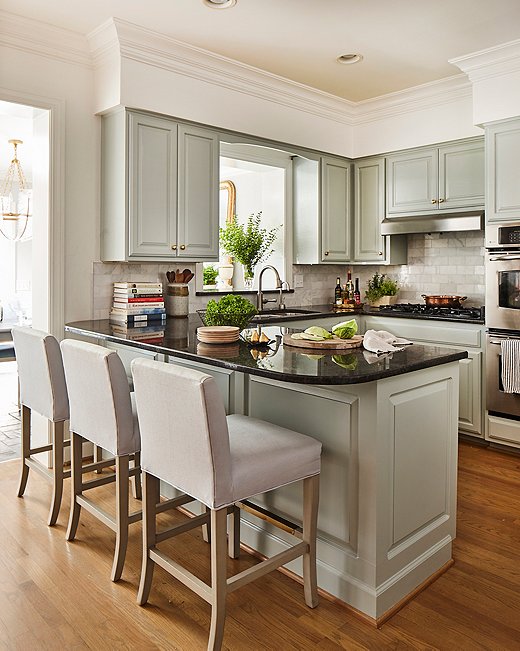
The Shannon stool is similar in style to the upholstered stools seen here. Photo by Laurey Glenn, courtesy of Minnette Jackson Interiors.
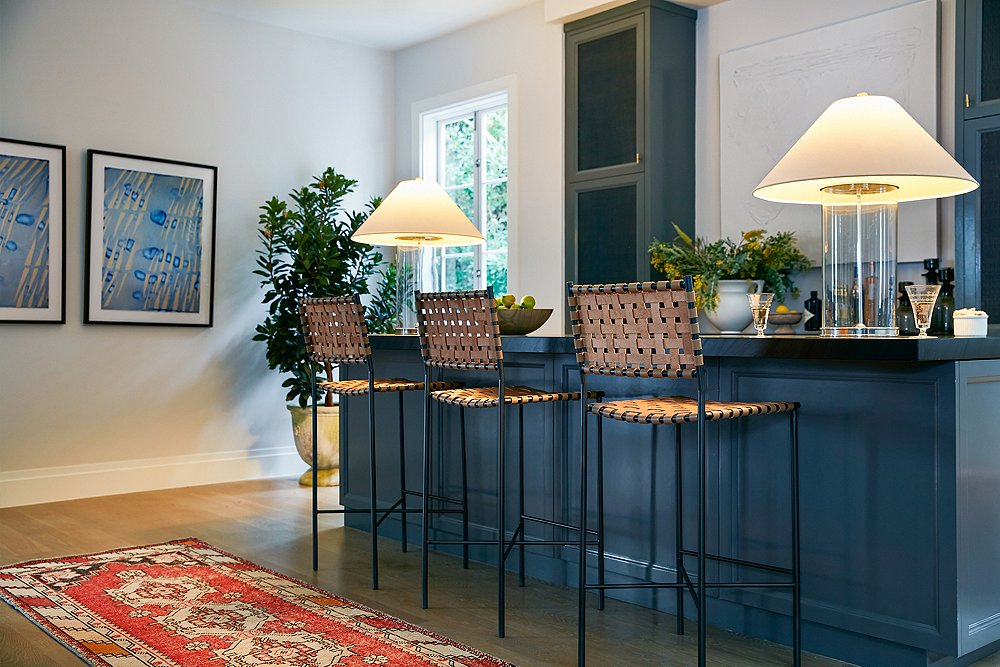
Join the Discussion